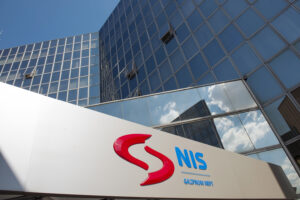
The US has postponed sanctions against Serbian oil company NIS for the last time: a key company could be at risk
The United States has postponed for the fifth and final time the imposition of sanctions against Serbian oil company Naftna Industrija Srbije (NIS), which is controlled by Russia’s Gazprom. According to Reuters, the new exemption from the sanctions list has been extended until the end of August. No further extension is planned after that.
Serbian Energy Minister Dubravka Čedović Handanović said that Belgrade wants to keep oil supplies stable and called “the exclusion of NIS from OFAC sanctions a priority.” She said that dialogue between the US and Russia remains an important condition for this.
NIS is a strategically important company for the Serbian economy. It operates the country’s only oil refinery in Pančevo (near Belgrade), as well as the largest network of gas stations and logistics infrastructure in the fuel sector.
According to the ownership structure:
• 44.9% of NIS shares are owned by Gazprom Neft (Russia),
• 11.3% by Gazprom,
• 29.9% by the Serbian government,
• the rest by minority investors.
It was Russian control over the majority of shares that led to NIS being sanctioned by the US Treasury Department’s Office of Foreign Assets Control (OFAC). Initially, the company was to be completely blocked in January 2025, but since then it has received four temporary licenses to continue operations.
In July 2025, NIS applied for a temporary license for the fifth time and received it for one month, until the end of August. During this period, Gazprom Neft was again reminded of the requirement to withdraw from the Serbian company’s shareholders.
Analysts note that if the sanctions are imposed in full, this could destabilize the fuel market in Serbia, create logistical disruptions, and cause oil prices to rise.
An alternative could be a transfer of control from Russian shareholders to European or Middle Eastern investors, but negotiations on this issue have not yet been officially confirmed.
NIS is a leader in the Serbian petroleum products market and is actively developing its operations in Romania, Bulgaria, and Bosnia and Herzegovina.
The company is also involved in oil and gas exploration and production, lubricant manufacturing, and power generation.
Source: https://t.me/relocationrs/1228

On July 29, Oschadbank announced its intention to conclude a voluntary medical insurance agreement with VUSO (Kyiv).
According to the Prozorro electronic public procurement system, the bid of the sole tender participant, VUSO, amounted to UAH 134.285 million, compared to the expected cost of services under the tender terms of UAH 134.3 million.
As reported, the winner of a similar tender a year ago was also SK “VUSO” with a bid of UAH 114.2 million against the expected cost of UAH 114.8 million.
SK VUSO was founded in 2001. It is a member of the MTIBU and NASU, a participant in the agreement on direct settlement of losses, and a member of the Nuclear Insurance Pool.
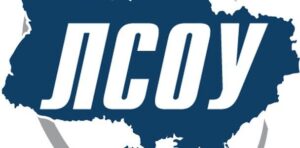
The volume of the domestic private market for military risk insurance is estimated at UAH 40-60 million, which does not correspond to the scale of the risks involved, according to a meeting of the League of Insurance Organizations of Ukraine (LIOU) on the creation of a military risk insurance system.
As noted on the LIOU website, unlike in 2022, insurance companies have now accumulated statistics on military risk insurance and have experience in concluding insurance contracts, settling claims, and making payments.
Insurers emphasized that even in a situation where a significant number of international reinsurers are refraining from active cooperation, awaiting market stabilization and security guarantees, some Ukrainian insurers have nevertheless gained access to international reinsurance, which has made it possible to increase insurance coverage limits, primarily for small and medium-sized businesses.
However, with the increasing frequency and intensity of shelling, insurers and reinsurers are forced to constantly revise their terms and conditions. For example, reinsurers’ quotes (net rates) increase from 4-5% to 8-10% during certain periods. This shows that insuring against military risks in a country that is already at war is an extremely difficult task. This is why the Ukrainian market is not attractive to international reinsurers, according to the press release.
Modeling various options for creating a military risk insurance system, insurers also noted the importance of public-private partnerships with the involvement of international institutions in this process.
At the same time, they noted that, in their opinion, the availability of state subsidies is not a guarantee of obtaining reinsurance and resolving the issue, and may even complicate it, since the state is highly likely to incur 100% losses, meaning that such insurance ceases to be insurance and becomes financing. Therefore, the main question remains who will pay the compensation and how, since neither the state nor Ukrainian insurers are able to assume the country’s military risks during the war, the LSU notes.
According to market experts, the risks, conditions, and definitions must be understandable and acceptable to foreign reinsurers, and the model must correspond to international analogues (insurance against terrorism (sabotage) risks). In addition, a working group should be set up with the participation of MPs, representatives of the Ministry of Economy, the NBU, international brokers, and insurers providing such insurance to study these issues and present the market’s position at a meeting with international reinsurers and other partners. These proposals will be forwarded to the parliamentary committee on finance, tax, and customs policy.
“International practice in insuring military risks does not have a ready-made solution for Ukraine, so developing one is primarily a task for specialists in the global insurance and reinsurance markets, and this is a real challenge,” emphasized Viktor Berlin, president of the LSU, whose words are quoted in the report.
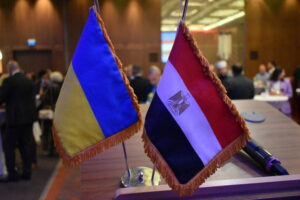
On July 23, 2024, the Ambassador Extraordinary and Plenipotentiary of the Arab Republic of Egypt to Ukraine, Mr. Barakat Elayti, held a diplomatic reception to celebrate the country’s main national holiday—the 73rd anniversary of the 1952 Egyptian Revolution, which overthrew the monarchy of King Farouk and established a republican system.
The July Revolution marked not only the beginning of Egypt’s liberation from colonial rule, but also sparked a wave of struggle for freedom and self-determination in the Arab world and on the African continent.
The ceremony was attended by guests of honor: heads of diplomatic missions of foreign states accredited in Ukraine, representatives of state authorities, including Deputy Head of the Office of the President of Ukraine for International Policy Ihor Zhovkva, Special Representative of Ukraine for the Middle East and Africa Maksym Subkh, Islamic religious leaders, and members of the Egyptian diaspora.
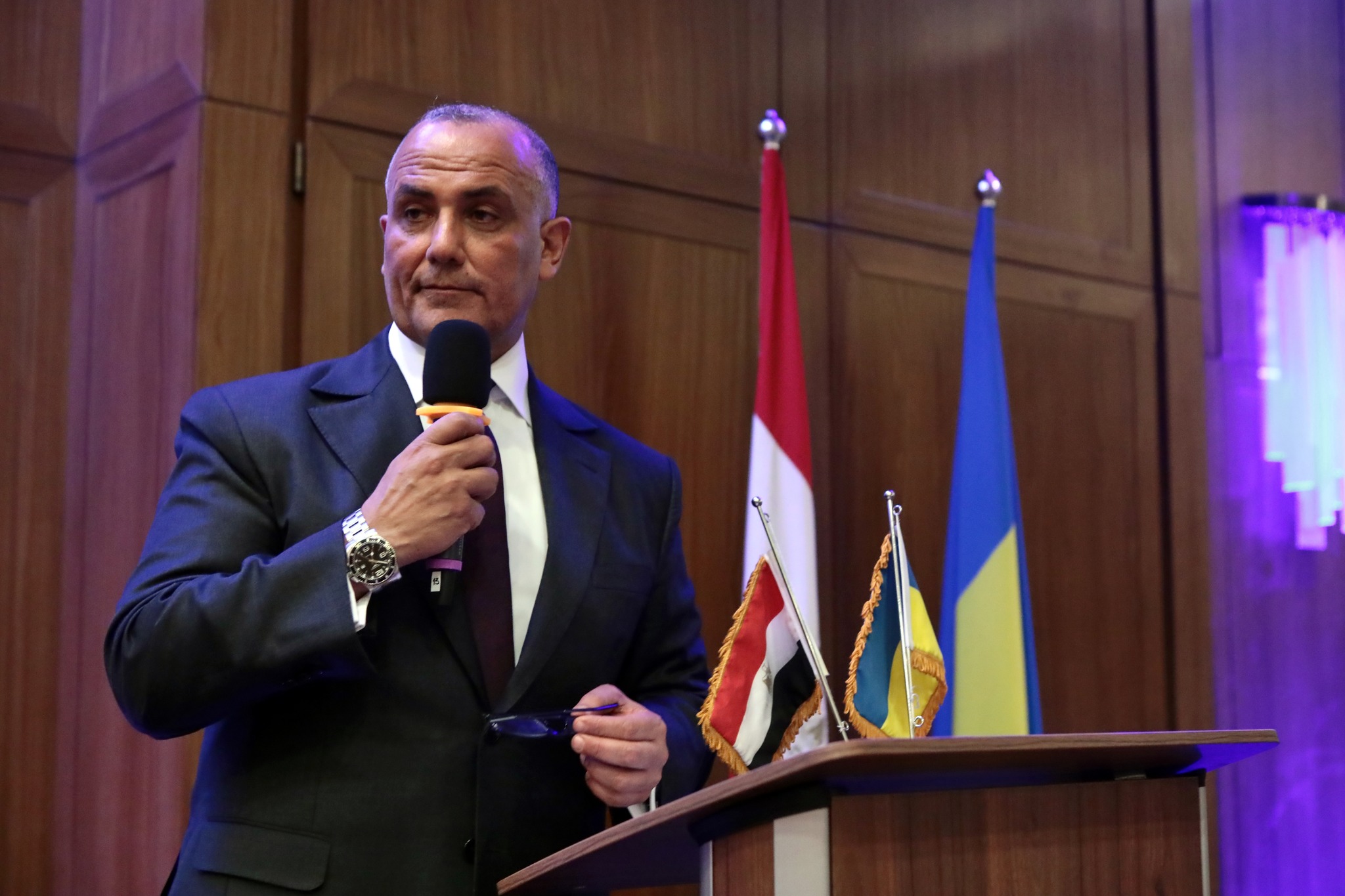
At the beginning of his speech, the Ambassador of Egypt to Ukraine congratulated all those present on this important date in the history of the Arab Republic of Egypt, noting that “this is not only a national holiday—it is a shared moment of remembrance, reflection, and reaffirmation of the values that continue to unite us: freedom, dignity, and sovereign independence.”
“July 23, 1952, is a date engraved not only in the collective memory of the Egyptian people, but also in the broader historical context of the entire Middle East,” he emphasized.
In his speech, the Head of the Diplomatic Mission emphasized the strong relations with Ukraine and expressed his conviction in the friendly nature and positive development of mutually beneficial and multifaceted Egyptian-Ukrainian cooperation.
According to him, relations between Egypt and Ukraine have a long and successful history, “as historical sources show, Ukrainian engineers worked in Egypt as early as the 19th century, participating in the large-scale modernization initiated by Muhammad Ali Pasha.”
Mr. Barakat El-Eity noted that after Ukraine gained independence and diplomatic relations were established between the two countries, the trend of healthy and sustainable development of Egyptian-Ukrainian relations has continued, and bilateral cooperation in all areas has been fruitful.
On July 2, 2025, President of Ukraine Volodymyr Zelenskyy held a telephone conversation with President of Egypt Abdel Fattah el-Sisi on opening a new era of strategic cooperation.
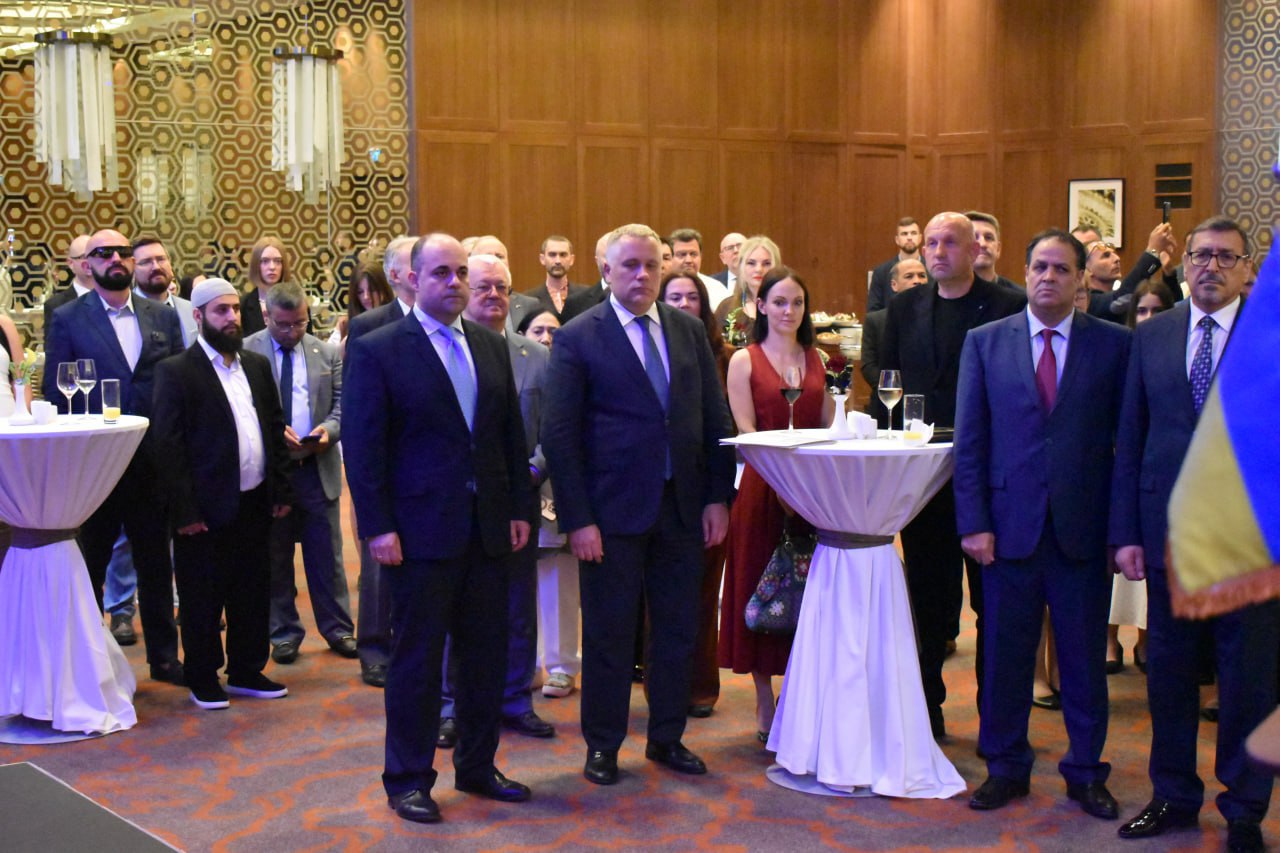
The ambassador stressed that “peace, justice, and respect for the sovereignty of states are not just ideals, but the foundation of Egypt’s foreign policy.”
“These principles shape our position in international affairs. They determine our firm response to aggression and injustice, whether it be the horrors in Gaza or the ongoing war in Ukraine,” he added.
The diplomat also noted that “Egypt, along with many like-minded countries, is ready to do everything necessary to support efforts to alleviate suffering, stop the horrors of war, and return to the path of dialogue instead of destruction, progress instead of pain, and unity instead of division.”
Greetings on the occasion of the holiday were expressed by the Ukrainian government: Deputy Head of the Office of the President of Ukraine for International Policy Ihor Zhovkva, who read greetings from President of Ukraine Volodymyr Zelenskyy, and
Special Representative of Ukraine for the Middle East and Africa, Ukrainian diplomat and historian Maksym Subkh.
The Arab Republic of Egypt recognized Ukraine’s independence on January 3, 1992. On January 25, 1992, diplomatic relations were established between Ukraine and the Arab Republic of Egypt.
https://www.facebook.com/UkrDiplomatic/
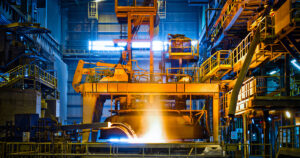
According to the results of January-June this year, PJSC Ukrainian Graphite (Ukrgrafit, Zaporizhia) increased its net loss by 41.8% compared to the same period last year, from UAH 82.791 million to UAH 117.432 million.
According to the company’s interim report, net income for this period increased by 3.9% to UAH 686.358 million.
The company’s undistributed profit at the end of June amounted to UAH 3 billion 548.269 million.
As reported, in Q1 2025, Ukrgrafit increased its net loss by 80.6% compared to the same period last year, to UAH 65.870 million from UAH 36.466 million. Net income for this period decreased by 1.6% to UAH 296.640 million.
Ukrgrafit ended 2024 with a net loss of UAH 202.447 million, while in 2023 it increased its net profit by 2.34 times compared to 2022, to UAH 122.920 million.
Ukrgrafit is a leading Ukrainian manufacturer of graphite electrodes for electric steel melting, ore-thermal and other types of electric furnaces, commercial carbon masses for Soderberg electrodes, and carbon-based refractory materials for metallurgical, machine-building, chemical and other industrial complexes.
According to the National Depository of Ukraine (NDU) for the first quarter of 2025, Intergraphite Holdings Company Limited (Malta) owns 23.9841% of the private joint-stock company, and C6 Safe Group Limited (Cyprus) owns 72.0394%.
The authorized capital of the private joint-stock company is UAH 233.959 million, and the nominal value of a share is UAH 3.35.

Unemployment in the eurozone stood at 6.2% in June, according to the European Union’s statistical office. In May, according to the revised data, it was also at 6.2%, not 6.3%, as previously reported. Analysts on average expected unemployment to remain at the previously announced May level, according to Trading Economics.
For comparison, in June 2024, the unemployment rate was 6.4%.
Unemployment was at a record low of 6.2% in October and November 2024, then rose, and in April fell again to the lowest level on record.
In June, the number of unemployed in the euro area decreased by 62 thousand compared to the previous month, to 10.7 million people.
The share of unemployed youth (population under 25) fell to 14.1% from 14.3%.
The lowest unemployment rate among the largest eurozone countries was recorded in Germany (3.7%), and the highest in Spain (10.4%).
In the European Union, unemployment remained at 5.9% in June. In the same month of 2024, it was 6%.